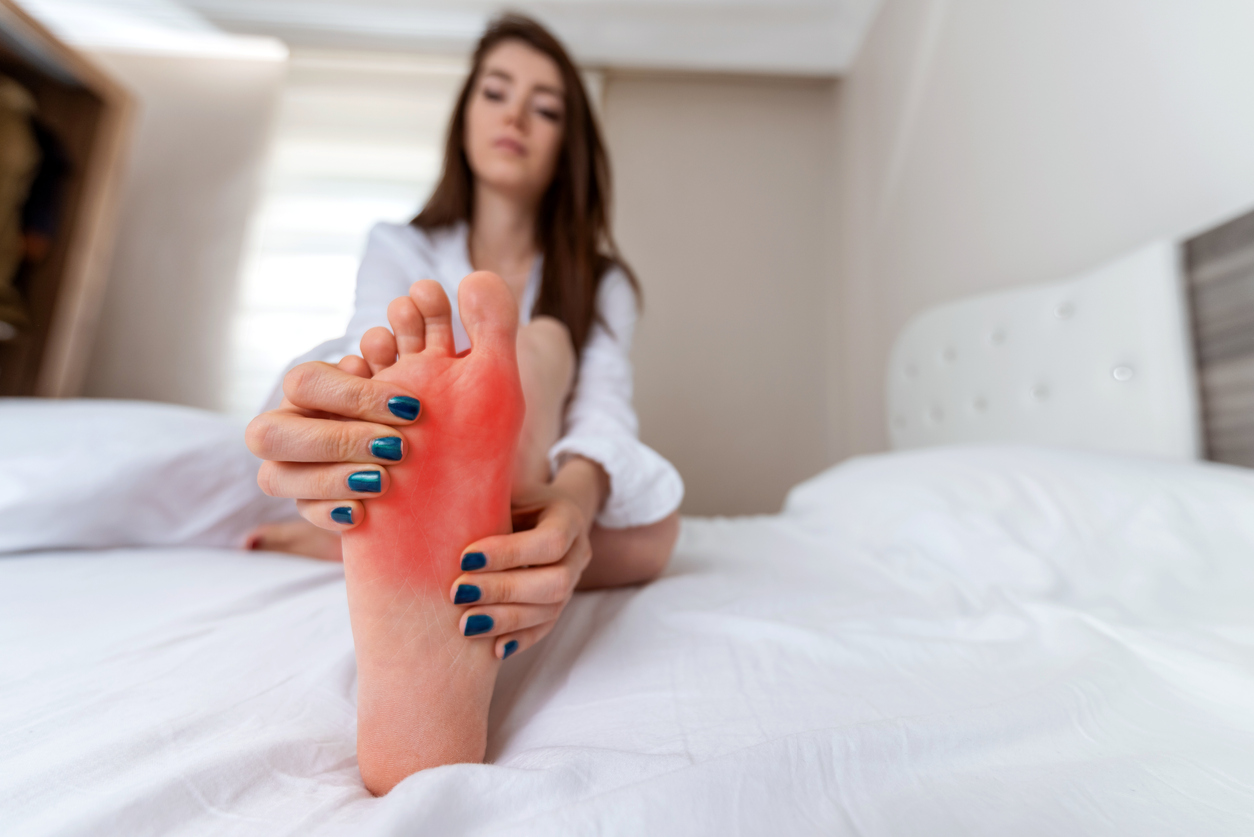If you’ve been diagnosed with metatarsalgia, a condition characterized by pain and inflammation in the ball of your foot, you know how essential it is to find the right footwear. While metatarsalgia can be caused by various factors such as foot shape, age, weight, and certain activities, wearing the wrong shoes often exacerbates the problem. Learn about some key features to consider when choosing shoes to help manage and alleviate metatarsalgia symptoms.
First and foremost, look for shoes that provide substantial arch support. This feature helps distribute your weight evenly across your foot, reducing pressure on your metatarsals. Individuals with high arches or flat feet, both risk factors for metatarsalgia, can particularly benefit from well-supported footwear.
Shoes with a narrow toe box can squeeze your foot, worsening pain and inflammation. Choose shoes with a wide toe box, providing your toes with enough space to move comfortably. Adequate space can prevent additional problems such as hammertoes or bunions, common among those with metatarsalgia.
A shoe with a well-cushioned insole can help ease the pain caused by metatarsalgia. Cushioning absorbs shock and reduces pressure on the ball of your foot when you’re walking or standing. Some shoes come with removable insoles, allowing you to replace the standard insole with a custom orthotic or a metatarsal pad for additional support.
The outsole, or the bottom of the shoe, plays a crucial role in comfort and support. For metatarsalgia sufferers, a thick, shock-absorbing outsole made from rubber or a similar material can reduce the impact on your feet during activities. This feature is especially important if you’re active or spend a lot of time on your feet.
Even the best shoe for metatarsalgia won’t be beneficial if it doesn’t fit correctly. Shoes that are too large can cause your foot to slide, creating additional pressure on the metatarsals. Conversely, shoes that are too small can squeeze your foot, leading to further discomfort. Ensure you’re wearing the right size by having your foot professionally measured at a shoe store. Remember, foot size can change over time and may differ between brands.
Lastly, consider specialized footwear designed for foot conditions. Brands like Xelero offer shoes explicitly crafted to address foot ailments like metatarsalgia. Xelero shoes have soft gel pads embedded in the EVA midsole, under the metatarsals, and have all the features mentioned above, providing comprehensive support and comfort.
Remember, while shoes play a critical role in managing metatarsalgia, they’re part of a broader treatment plan. Regular foot exercises, maintaining a healthy weight, and resting your feet can also help alleviate symptoms. Consult your healthcare provider for personalized advice about managing metatarsalgia.
Choosing the right shoe can significantly impact your comfort and foot health when dealing with metatarsalgia. By considering factors such as arch support, toe box width, insole cushioning, outsole material, proper fit, and specialized design, you can make informed choices that provide relief and help manage your symptoms more effectively. Your feet carry you through life, so they deserve the best care and comfort you can provide.







By submitting you agree to sign up for marketing emails from Xelero Shoes. Offer applies to first-time sign-ups only.